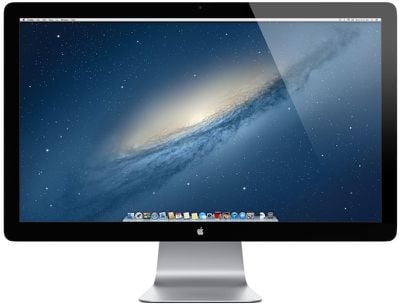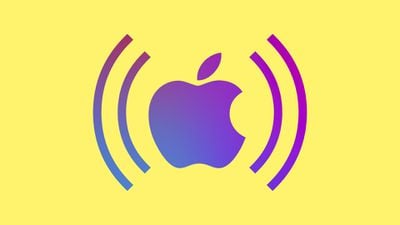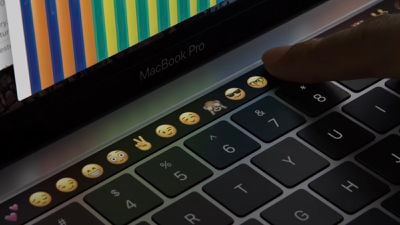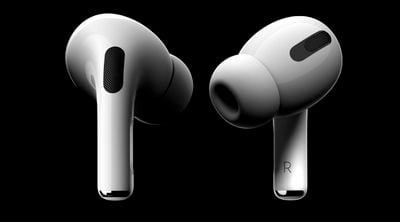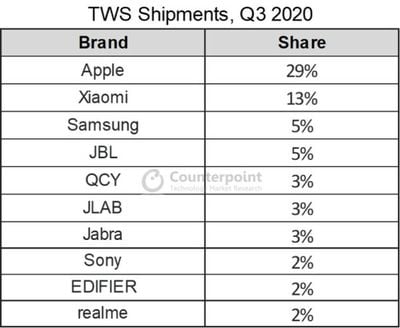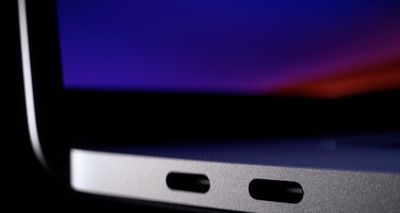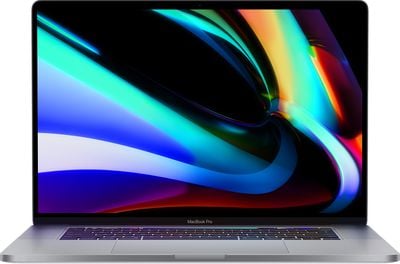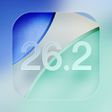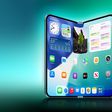Along with new redesigned 14 and 16-inch MacBook Pro models, Apple also has major plans for other Macs in the Mac lineup. We've been hearing rumors about a redesigned iMac for more than a year now, and Bloomberg's Mark Gurman today shared a report that offers details on what to expect.
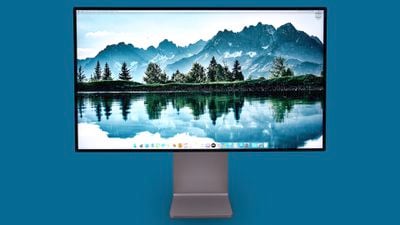
The new iMac models will feature slimmed down bezels around the screen, and the metal chin will be removed in favor of a design that's similar to the Pro Display XDR monitor that Apple released in 2019.
Rather than a curved rear design, the iMacs will feature a flat back, which is also a design that we're expecting to see with the upcoming MacBook Pro models, and prior rumors have described this as "iPad Pro design language." There will be two versions to replace the existing 21.5 and 27-inch models, and prior rumors have suggested that one of these models will measure in at 23 to 24 inches.
Like the new MacBook Pro models, the redesigned iMacs will adopt Apple silicon chips, and the revamped look will coincide with Apple's move to shift away from Intel's chips, giving the iMacs updated processors and a fresh design all at once.
Apple plans to equip the new iMacs with next-generation versions of the Apple silicon chips that will be faster and with more GPU power. Apple is testing Apple silicon chips with as many as 16 power cores and four efficiency cores, but higher-end desktop models could have as many as 32 high-performance cores. Apple is also working on improved GPU technology and is testing 16 and 32-core graphics components.
Apple is expected to release the new iMacs in 2021, but specific launch timelines aren't known at this time.


